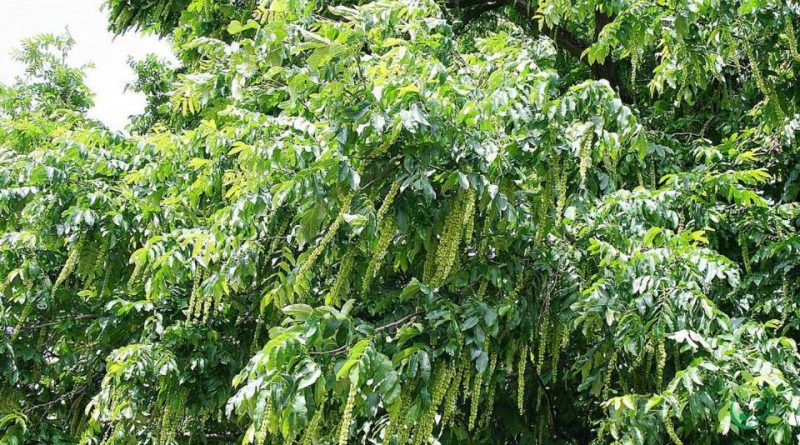Reproduction of the Caucasian wingnut
Reproduction of the Caucasian wingnut
The Caucasian wingnut or Caucasian walnut (Pterocarya fraxinifolia (Lam.) Spach) is a tree of the Juglandaceae family, native to an area that includes Armenia, Azerbaijan, Georgia, Iran, Russia and Turkey.
Suitable breeding habitat –
Pterocarya fraxinifolia is a plant native to the Caucasian region and present in Armenia, Azerbaijan, Georgia, Iran, Russia, Ukraine and Turkey.
This plant was introduced in France in 1784 by the French botanist André Michaux and in Great Britain after 1800, as well as in Italy, Belgium and Tajikistan, where it grows in forests and along waterways.
The introduction was made for forestry purposes but today it is a plant appreciated as an ornamental essence.
Propagation –
The Caucasian wingnut is a beautiful ornamental plant that is found in many nineteenth-century gardens.
It is a plant that requires a lot of space and deep, fertile and moist but well-drained soil, in full sun. This plant lends itself to being planted as an isolated specimen in parks and large gardens, even better if near a pond.
It is a fast-growing species and grows best on flat terrain or shallow slopes.
Propagation occurs by seed or by cuttings.
The seed should be sown as soon as it is ripe in an unheated seedbed.
Before sowing it is recommended to soak the seeds stored for 24 hours in warm water and then stratify them in the cold for 2 – 3 months.
After germination the young seedlings should be placed in individual pots, as soon as they are large enough to be planted and placed in a greenhouse for their first winter. The transplant is then carried out in the spring or early summer of the following year.
It can also be propagated by agamic way; in this case it is possible to take cuttings of half-ripe wood, in the period of mid-summer and have them rooted in a shade.
Cuttings of mature shoots can also be prepared, in the period of late autumn in a shady area; it is recommended to use only vigorous shoots.
You can also use the suckers that are taken in the dormant season and placed in a mixed sand-peat substrate.
Ecology –
The Caucasian wingnut is a plant that grows in areas with mild winters and mild, humid summers. In nature it generally grows in mixed stands with other species and rarely grows in pure stands.
Unfortunately, human activities have significantly reduced the area suitable for P. fraxinifolia in some areas of origin.
Fossils of Pterocarya fraxinifolia have been found in the fossil flora of the Kızılcahamam district in Turkey, which date back to the early Pliocene period.

